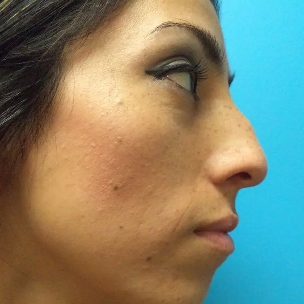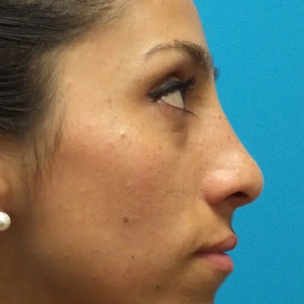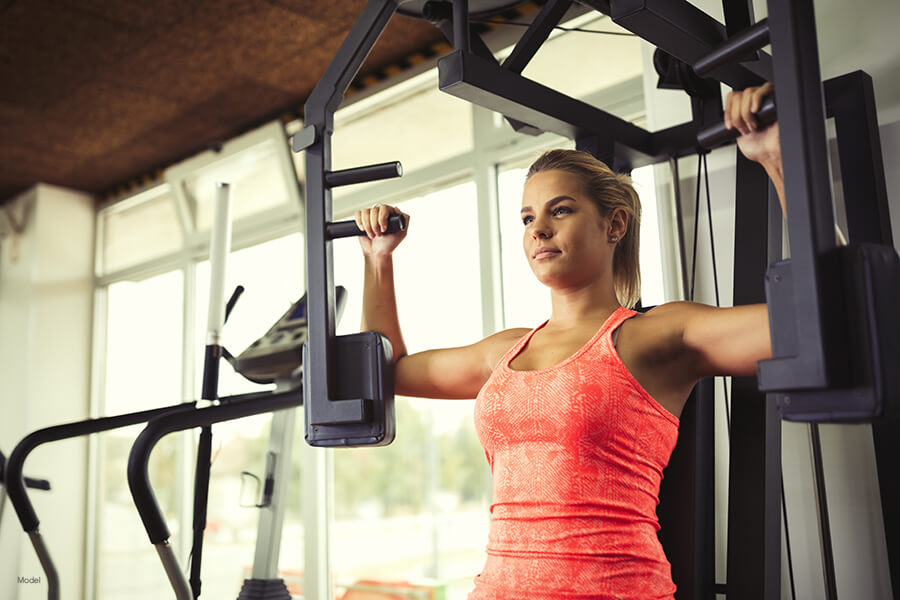Women’s fitness is more popular than ever, especially with the advent of social media influencers and online content creators sharing their athletic journeys across the globe. For some of these women, breast augmentation is a sought-after surgery that gives their physique that extra edge when it comes to looking their absolute best. For others, a breast lift, or a combination of a breast augmentation with a lift, gives them their desired appearance. Yet, this growing demand for breast procedures also comes with concerns.
Breast augmentation has made some women cautious about performing chest exercises or participating in athletic activity, causing them to focus on low-intensity practices instead. Other women are so frightened by myths and misconceptions that they avoid doing any exercise at all.
Exercise is essential in maintaining plastic surgery results and a healthy lifestyle. While very few activities can result in malposition of the breast implant, there are ways that patients should exercise the chest area after they have recovered from their breast implant surgery.
Contents
When Can I Exercise After Breast Augmentation?
You need to have as much rest as possible immediately after breast augmentation surgery. Breast augmentation causes inflammation, bruising, and swelling and requires your body to use energy to heal itself. Your breasts will also need to be wrapped in a compression garment or surgical bra after surgery. This garment will help lessen swelling and stimulate blood circulation to assist the implants settling into the breasts.
You should avoid exercise for at least three to four weeks post-surgery. After this period, you should speak with your surgeon about doing low-intensity exercises. Additionally, you may need an evaluation to clear more activity. Every person heals differently, so it is crucial to keep in mind that your recovery process may look different, and don’t push yourself with low-intensity exercises if you’re experiencing pain. You should avoid lifting, pulling, and moving heavy objects during this time to avoid straining your body while it heals.
Heavy training or high-intensity exercise—like weighted chest workouts—should only be done once your surgeon has cleared them. These are typically only recommended after the two-month mark of your recovery. Still, make sure to monitor any pain or soreness so you don’t push your body too far.
Body movement is necessary to prevent complications from arising, such as blood clots or cramping in the chest. As important as taking it easy during the first few weeks of recovery, keeping regular movement and exercise in your daily routine is essential once your body has healed.
While you still may need to be cautious with high-intensity chest exercises after you recover, you may implement other workouts that exercise the rest of your body. Exercise will ensure that your breast implants adapt well to your body and help you look your best with your new breasts.
Is It Safe To Exercise After A Breast Lift?
Following your breast lift procedure, you can expect some bruising and swelling. Similar to breast augmentation, you will need to wear a surgical bra. After the first week of recovery, breast lift patients can typically return to work and their regular daily activities (as long as they are low-intensity). Higher-intensity exercises may be resumed around three to four weeks after surgery. Just like with breast augmentation recovery, everyone’s body heals differently, so it’s important to listen to your body’s needs. Check in with your surgeon if you have any questions or concerns about your breast lift recovery and are ready to start more strenuous workouts.
After the appropriate recovery time, doing any exercise with a breast lift (also known as a mastopexy) is typically safe. Without the possibility of the breast implant being disrupted by the contraction of your chest muscles, exercise can help to maintain the results of your breast lift by adding definition and contour to the pectoral area. Exercising the pectoral area can also enhance your breast lift results, emphasizing their lifted appearance and contributing to a more perky and youthful appearance.
What Chest Exercises Are Safe After Breast Augmentation?
Everyone’s fitness goals, general anatomy, and breast augmentation are unique. These factors make it tricky for doctors to prescribe a definitive answer regarding when and what exercises are safe for your implants.
Breast implants are built with functionality and impact in mind, although some activities should be avoided. Malpositioning of the breast implant can occur when the breast implant is no longer positioned behind the areola. If the pectoralis major muscle is incorrectly exercised, excessive pressure is applied to the breast implant from the constant contraction in new growth of the muscles. Though uncommon, this may result in the displacement of the breast implant.
Here are some of the training exercises you should avoid:
- Bench press: High-intensity weight training that increases pressure on the chest
- Chest flys with dumbbells: Uses the pectoralis major and applies constant pressure to the implant
- Dips: Uses the pectoralis major as an accessory muscle to the triceps, which causes the implant to be pushed down
In general, you should avoid workouts that put a high amount of pressure on your chest or back. Contact your surgeon if you’re unsure of a particular chest workout or are experiencing any lingering pain once you’ve fully recovered from your breast procedure.
How Can I Learn More About Breast Augmentation and Breast Lifts in Tampa, FL?
If you want to learn more about breast augmentation, breast lift surgery, or combining the two procedures, contact PREMIERE Center for Cosmetic Surgery by calling (813) 400-1465 or by filling out our online contact form. Don’t live in Florida? We also offer virtual consultations for your convenience.





